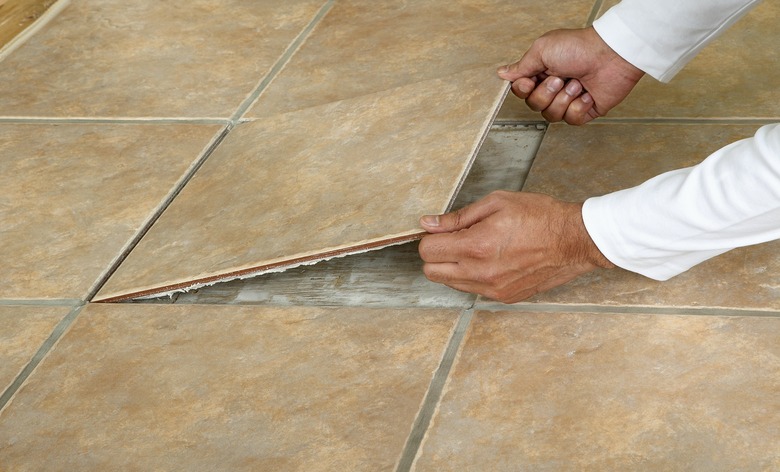How Can A Private Homeowner Dispose Of Asbestos Floor Tiles?
Asbestos originates in nature, and products manufactured from it resist heat, have low electrical conductivity and are strong and flexible. But not everything coming from nature stays safe or benign. The most important thing to know is that nothing involved in the process of asbestos tile removal is DIY.
The Dangers of Asbestos Tile Disposal
Before 1980, asbestos was common in home construction for floor and ceiling tiles, roofing, insulation for furnaces, duct work, hot water pipes and fireplaces.
When the asbestos in older homes is in good condition, not damaged or deteriorating, it is not hazardous. The best thing to do is leave it alone. A professional in floor remodeling can advise on how to install new flooring over the old. Asbestos floor tiles become a problem when they are damaged or broken during removal and become fibrous. The danger is in the hazardous dust that becomes airborne.
Studies have proved there are health hazards from breathing high levels of asbestos, but the risks from smaller amounts should never be taken lightly. The inhalation of asbestos fibers increases the risk of lung cancer, mesothelioma (cancer of the lining of the chest and abdominal wall) and asbestosis scarring of the lungs.
Professionals Required
Having professionals take care of your asbestos floor tiles can be expensive, but the health risks involved will make it money well invested. Because improperly removing asbestos floor tiles yourself may increase the health risks to you and your family, your safety depends on letting trained specialists take care of this aspect of your home renovation or remodeling project.
Asbestos abatement specialists will know how the floor tiles were installed, the overall condition and the best way to remove them and the proper way to handle asbestos tile disposal. Their expertise will assure the least possible amount of asbestos fibers are released into the air and how best to carry out a thorough decontamination cleanup of those fibers from your home.
Do Your Research
Before turning the job over to contractors, do your homework. Anyone who carries out this work in your home should be able to provide you with proof of training and licensing in asbestos work. Hire only experienced and accredited professionals for your asbestos floor tile removal and disposal.
You should contact your EPA (Environmental Protection Agency) regional office, Occupational Safety and Health Administration (OSHA) regional office, and your state and local health departments to gather information about regulations. The Asbestos Coordinator in your EPA regional office will be able to provide you with information about your state's asbestos removal training and certification programs and will often have listings of licensed professionals in your area.
For More Information
The EPA offers a booklet, "Asbestos in the Home." Available online, it was prepared by the American Lung Association, the Consumer Product Safety Commission (CPSC), and the Environmental Protection Agency. Written for homeowners, it summarizes information you need about the standards required for proper handling and disposal of asbestos or debris containing asbestos. It will provide guidance for overseeing your professional contractors to assure the safety of your home and family before, during and following asbestos floor tile removal.
The sole purpose of exercising caution and paying strict attention to regulations for identifying, removing and disposing of asbestos is to protect you, your family and pets from inhaling the toxic, microscopic fibers that compose asbestos.
